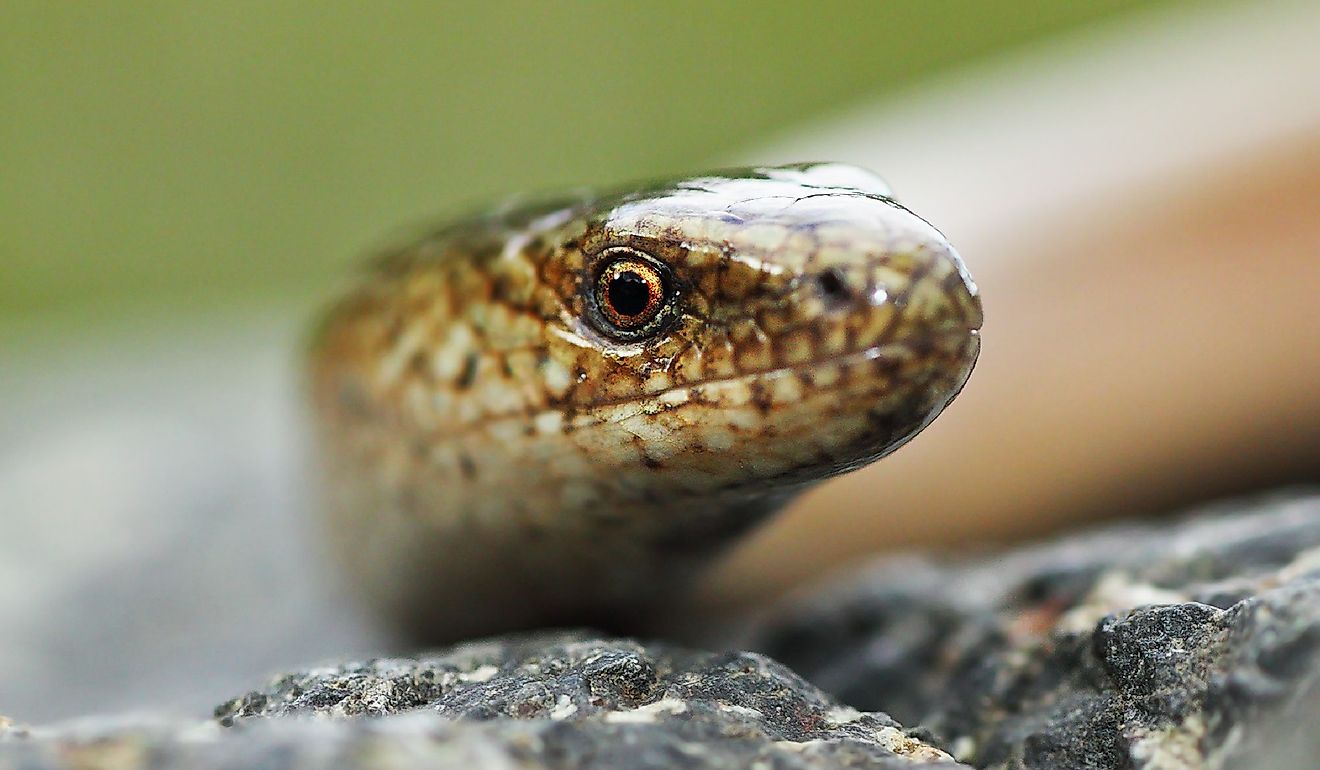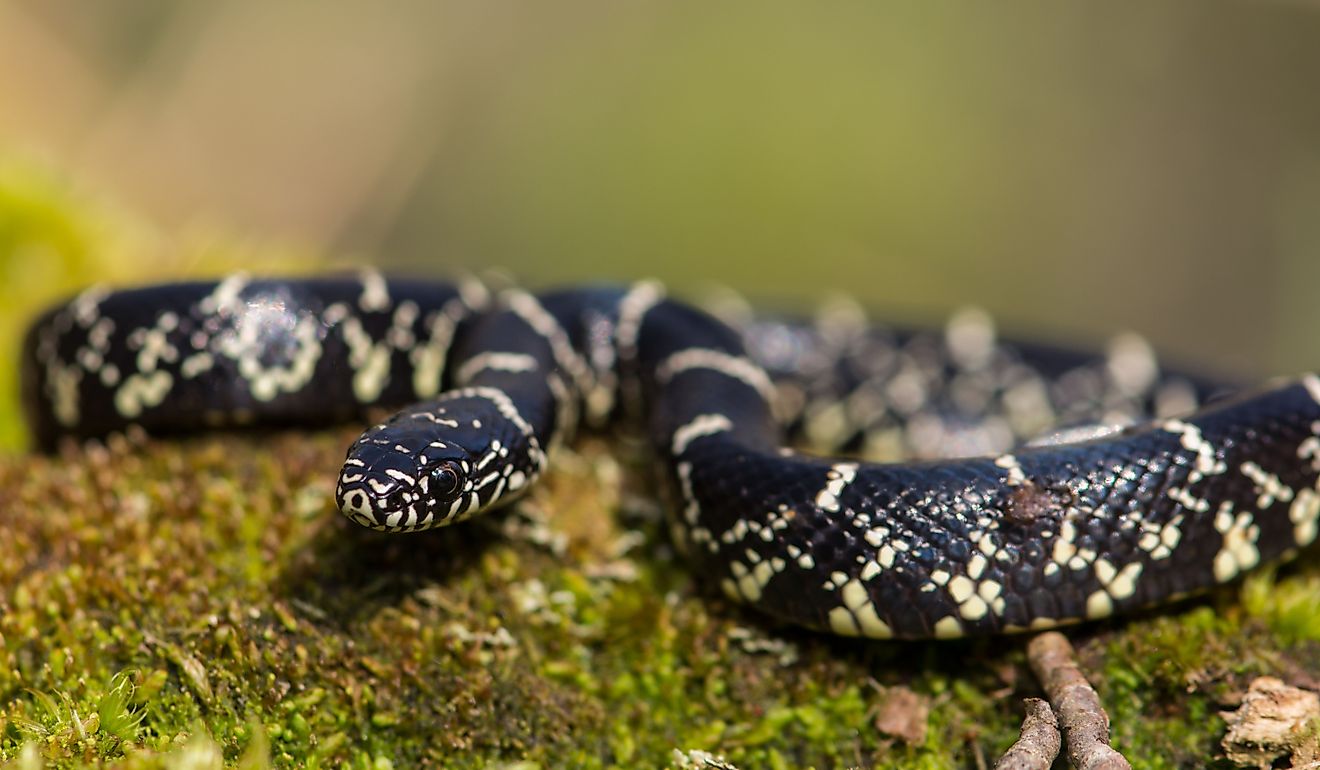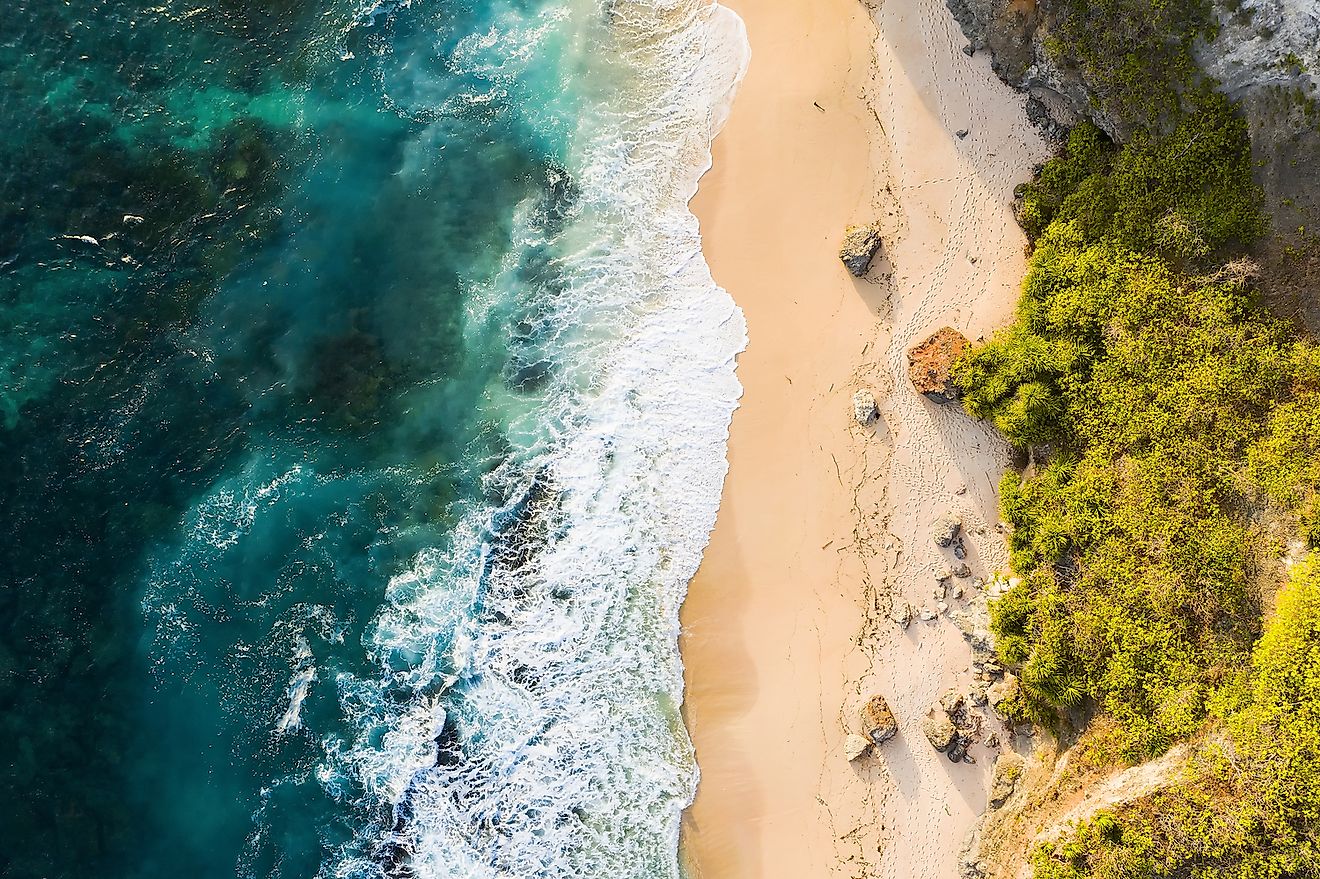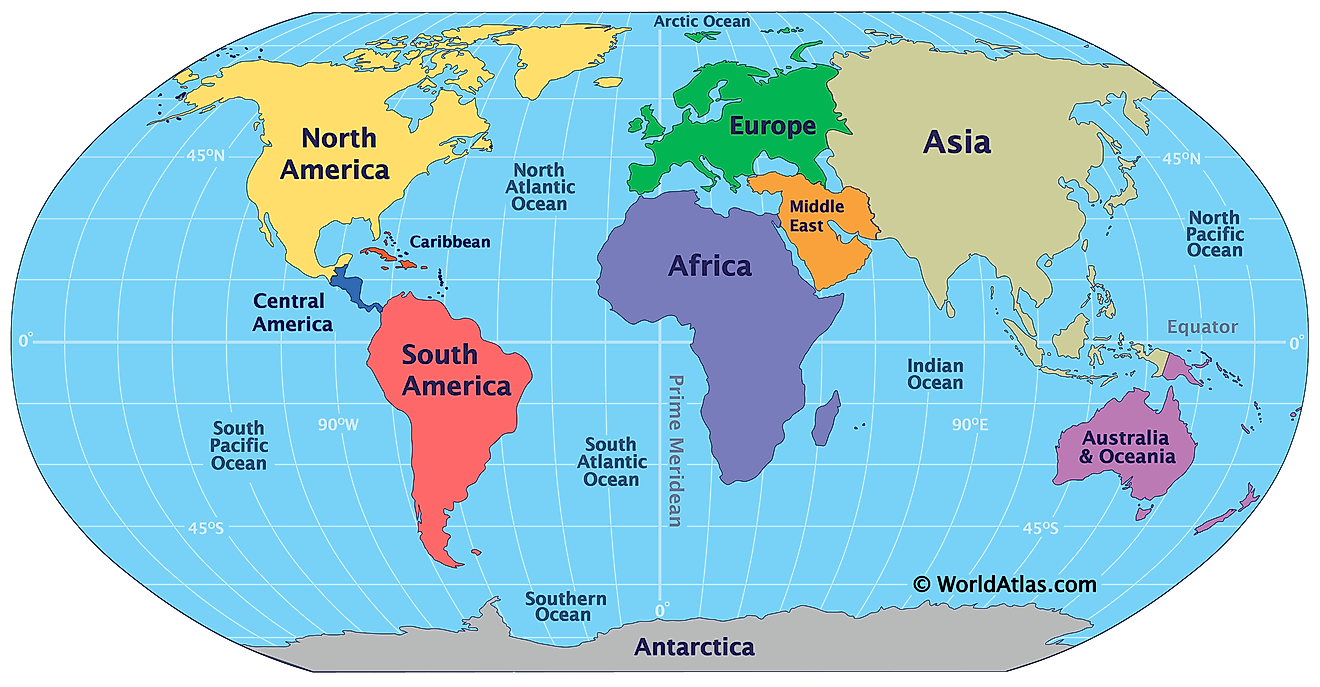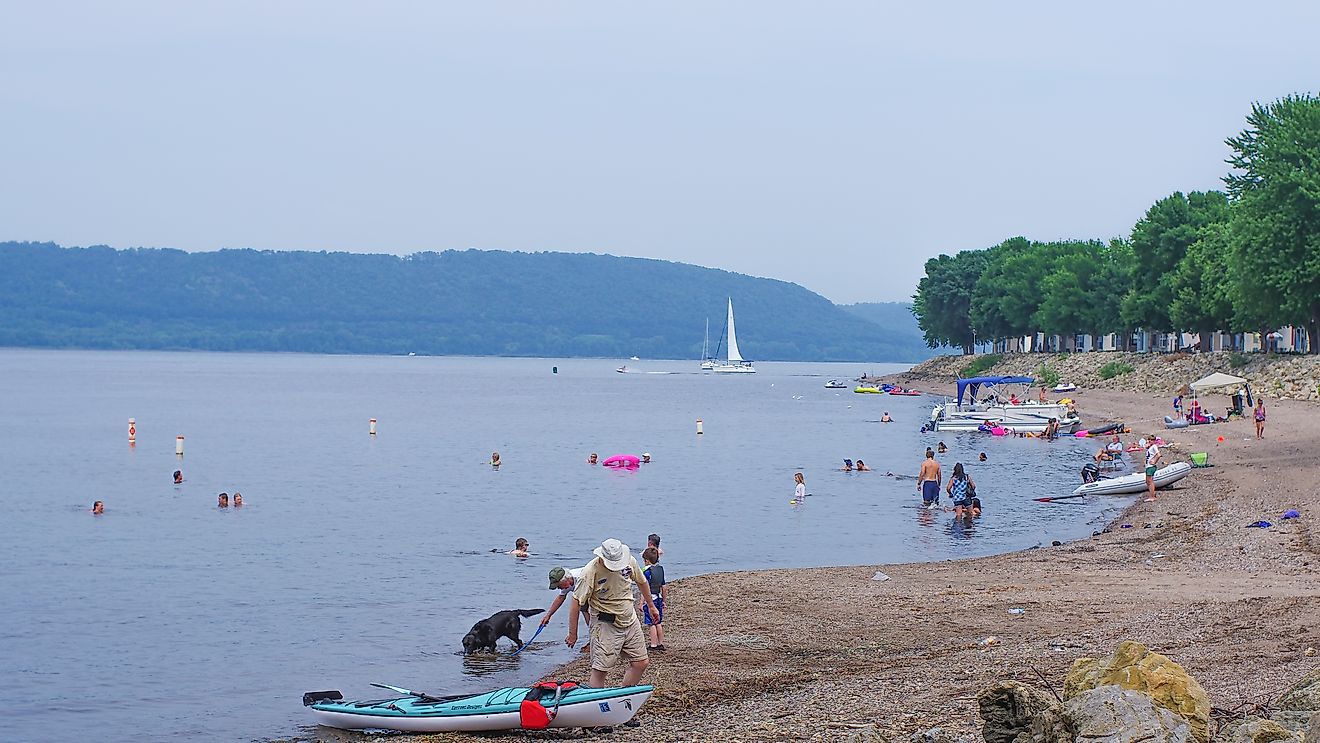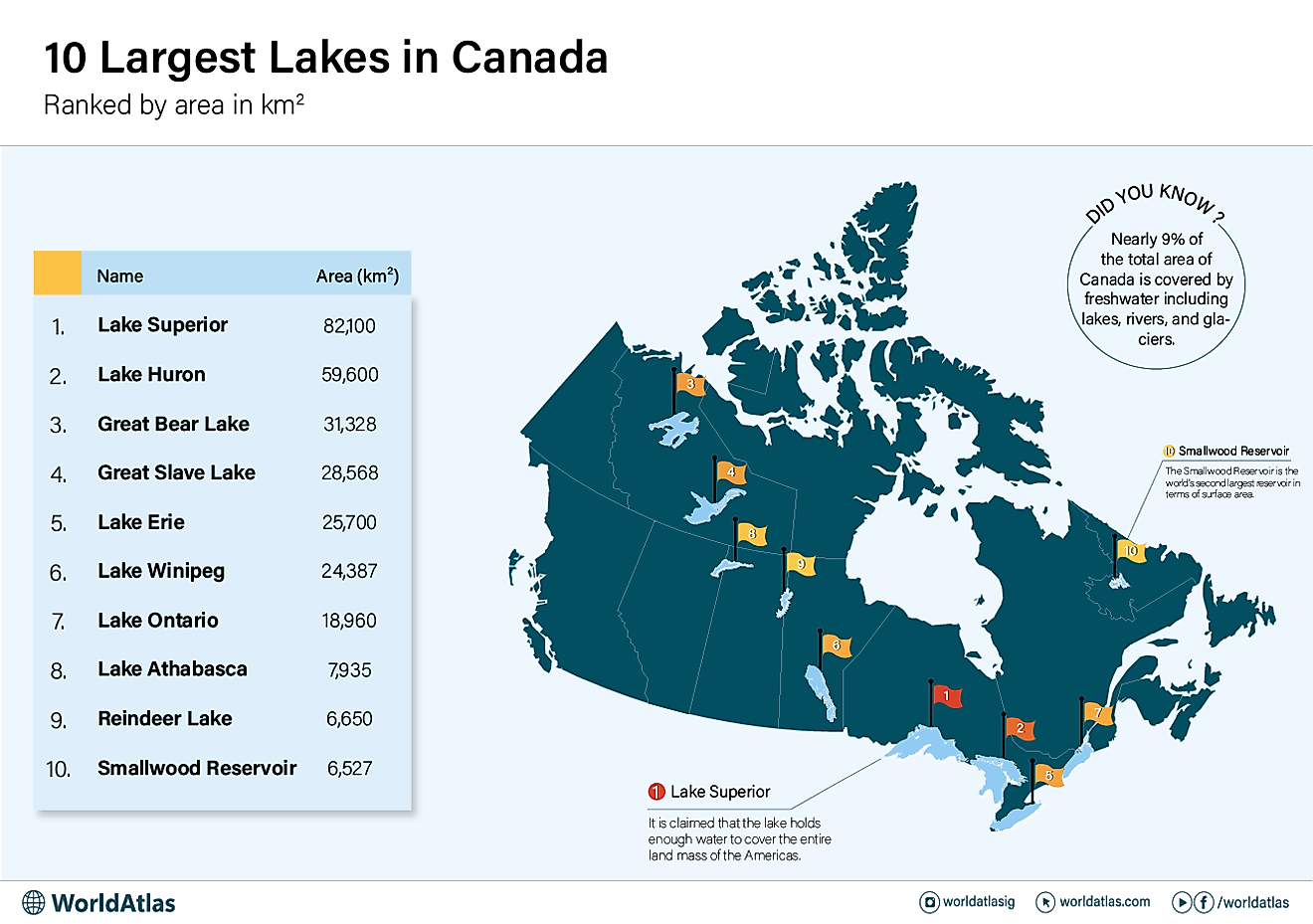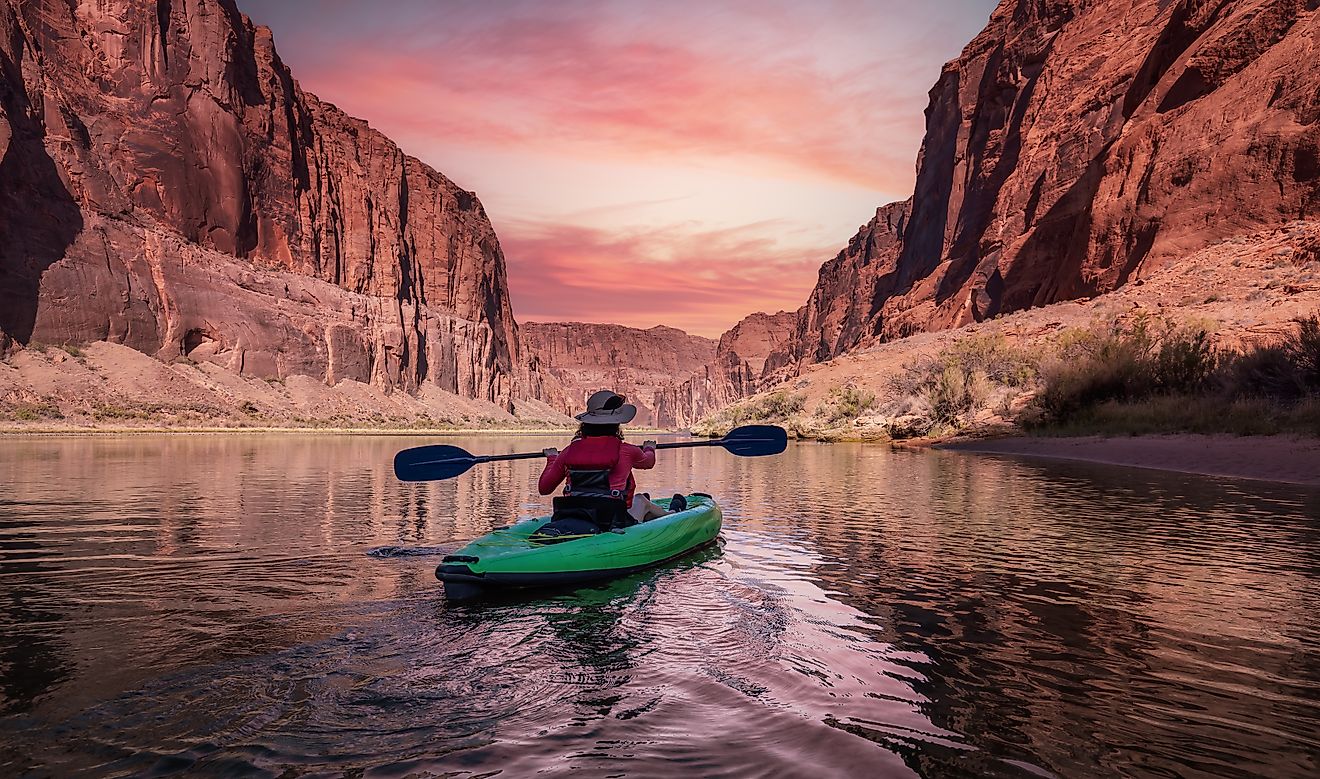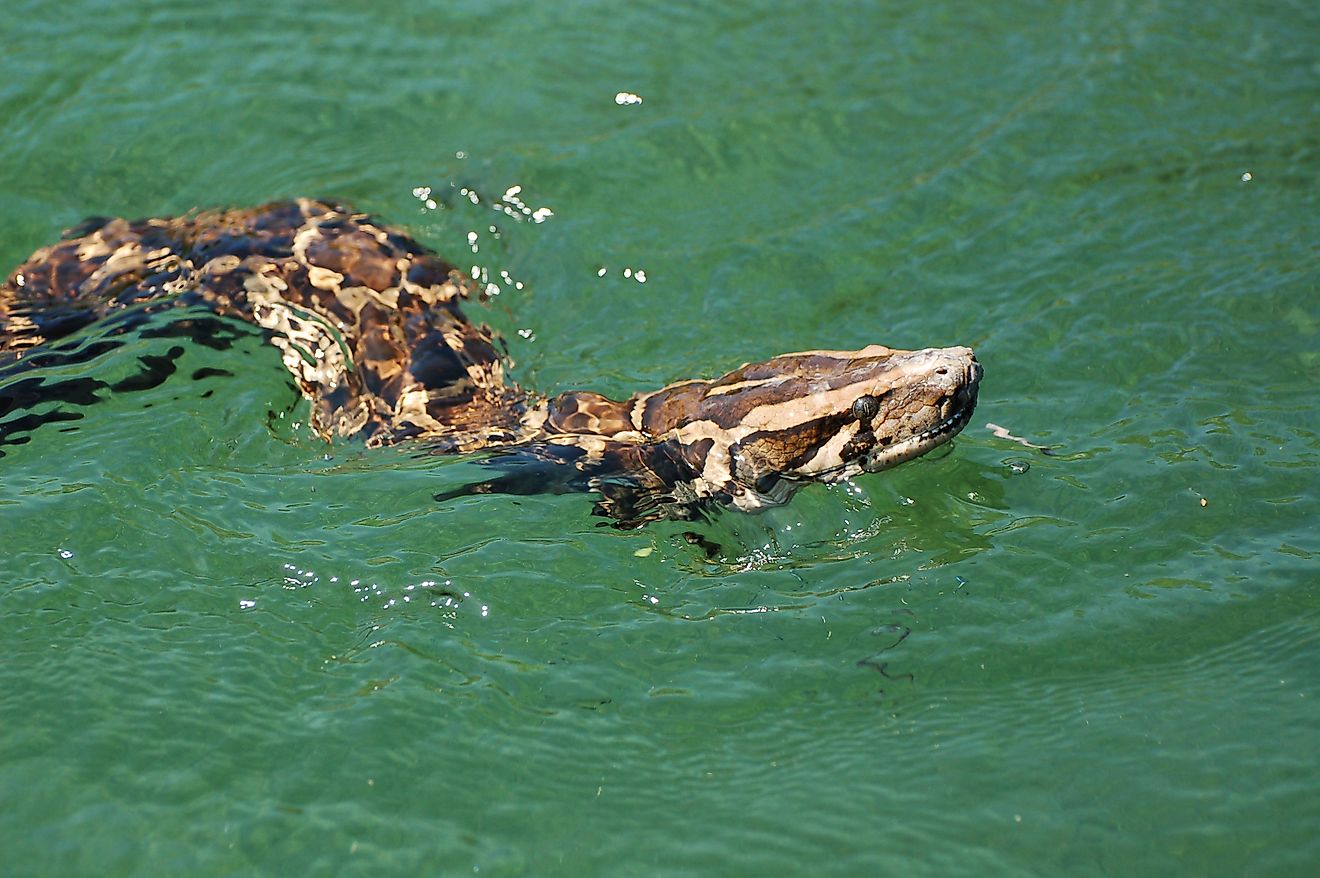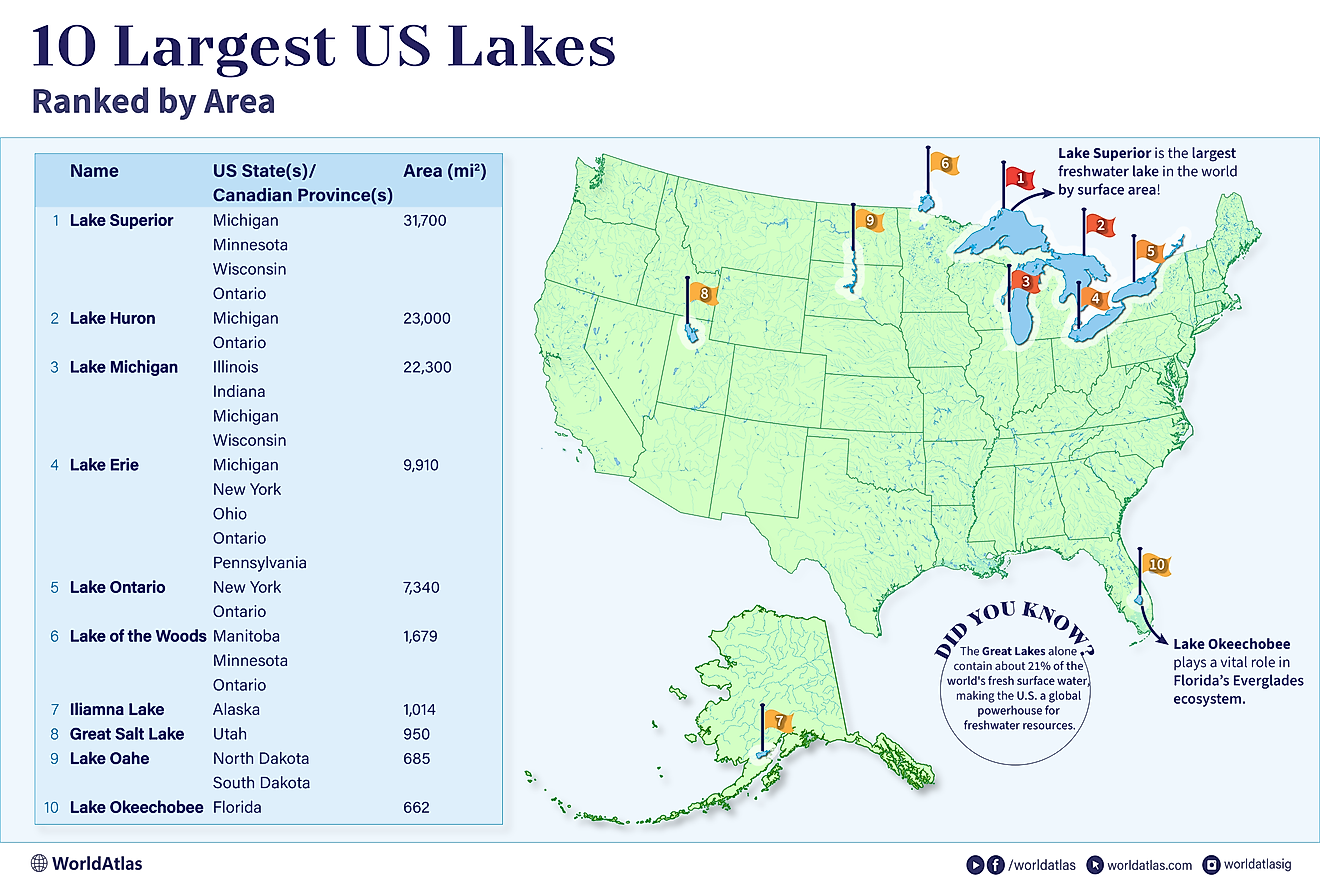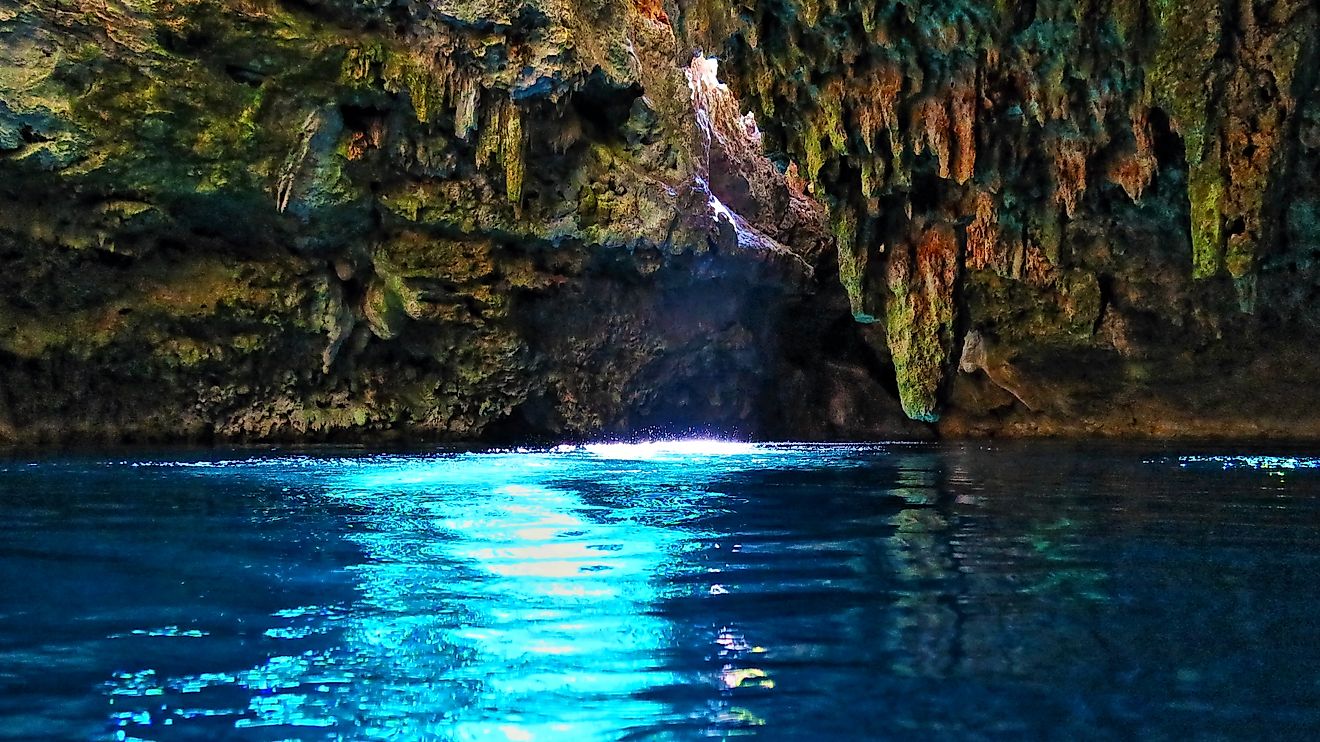
5 Most Snake-Filled Bodies Of Water In Idaho
Affectionately named the Gem State, Idaho has a reputation for its forests, hills, and mountains. While the beautiful state offers much in the way of living and traveling, there is also always a risk—it is home to bodies of water filled with snakes around the shoreline and somewhere right beneath the surface. It is accurate to say that every state has snake-infested lagoons, rivers, ponds, and lakes, but the particular kind of snakes in Idaho warrant a much closer look. Both the western rattlesnake and prairie rattlesnake—Idaho’s only venomous species—are especially concerning, known to lurk near lakeshores or even swim in open water. For safety concerns and to proceed with caution, here are five of the most snake-filled bodies of water in Idaho.
Mud Lake
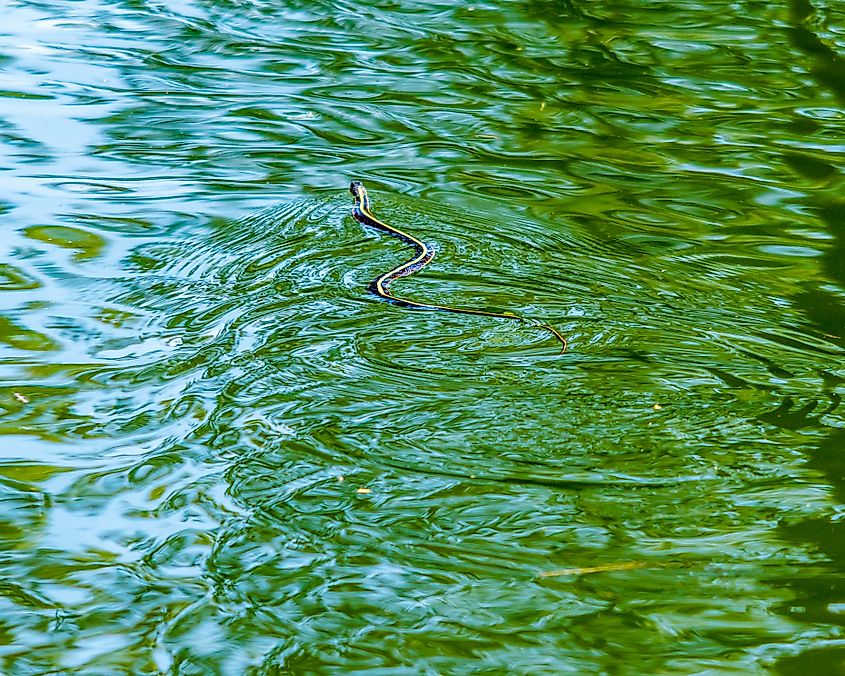
Sharing a name with a nearby small town in Jefferson County, Mud Lake is situated on a part of the map warmly referred to as the Upper Snake Region. While the region is frequently acclaimed for its large and diverse array of animals, ranging from hawks to big game hunts such as elk, that unfortunately also entails that the snakes here are abundant. Though the lake itself isn't literally made out of mud, its somewhat darker blue waters make it difficult to spot the potential swimming terrestrial garter snake.
It's not deadly, but its bite can pack a punch. The terrestrial garter (usually brownish with yellow or white dorsal stripes) is commonly found in aquatic habitats (and is a staple of Idaho's bodies of water) but is also known to be found in more arid climates and locations. They are typically non-aggressive, yet caution is still encouraged, as the diversity of the region also leaves the very real possibility of more snakes of a deadlier variety nearby, and no snake bite is better than one.
Nevertheless, Mud Lake remains a popular spot for fishing for bass and just passing the time by the shore among locals. Swimming is greatly discouraged because of the potential for a snake bite and because of the shallow waters (approximately five feet deep). All in all, it is still possible to have a good and safe time near the waters of Mud Lake.
Boise Cascade Lake
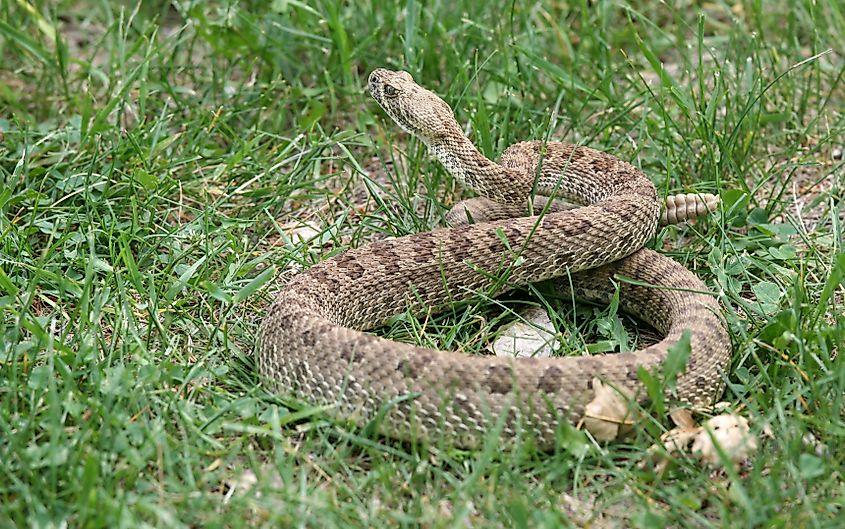
Cutting through Garden City and fed from the Boise River, Boise Cascade Lake is seen by many as a wonderful hiking area, a quiet place otherwise surrounded by the noise of Garden City and the clamor of nearby Boise. The lake is known far and wide by Idahoans, and with the beautiful North Fork Mountain Range sitting as a backdrop, the lake is a beacon of serenity. Preferred by fishermen to catch crappie, rainbow trout, and largemouth bass, something else resides in the waters of this Garden City landmark.
Firstly, there are only two kinds of venomous snakes in Idaho: one is the less common prairie rattlesnake, and one is the more common western rattlesnake, which stalks the area of Boise Cascade Lake. It isn't rare to see rattlesnakes swimming in the otherwise pristine waters of the lake or sitting somewhere by the shore—with distinctive bodily patterns, their venom damages tissues and can damage the heart. Characterized by their classic rattle, they are mostly nocturnal but can be active during the day, and though not usually aggressive, their deadliness warrants not taking the chance. While the lake may be wonderful, it is better to stick to hiking and fishing in matters like these.
Langer Lake
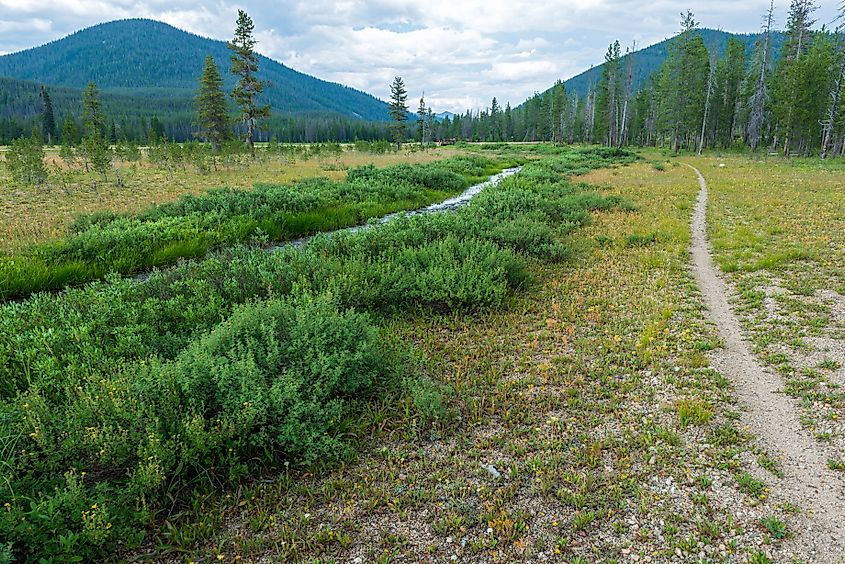
Surrounded on all sides by woodland and other lakes, Langer Lake finds itself in a gorgeous patch of land that sees everything from mountain peaks to clearings. In particular, the area surrounding the lake is known and often visited by hikers and campers, and it is indeed smack in the middle of Salmon-Challis National Forest. The nearby Langer Peak is a popular scenic, snow-capped peak that offers a prime view of Langer Lake from above—the only problem is that from that high up, one cannot see the prairie rattlesnakes slithering about.
Characterized by a triangular head and ring-like dark patches, they are surprisingly similar to that of the western rattlesnakes, and often, the two are confused. Regardless, they are nocturnal during hotter temperatures and diurnal (meaning they are active both day and night) when temperatures are cool. Besides the summer season, Salmon-Challis National Forest has a very cool year-round climate of about 30°F, meaning that the prairie rattler is active most of the time, regardless of the time of day. While most of the campers and hikers of the forest know better than to swim in just any pretty body of water, caution is vital as this snake has a potent venom that can cause tissue damage.
Magic Reservoir
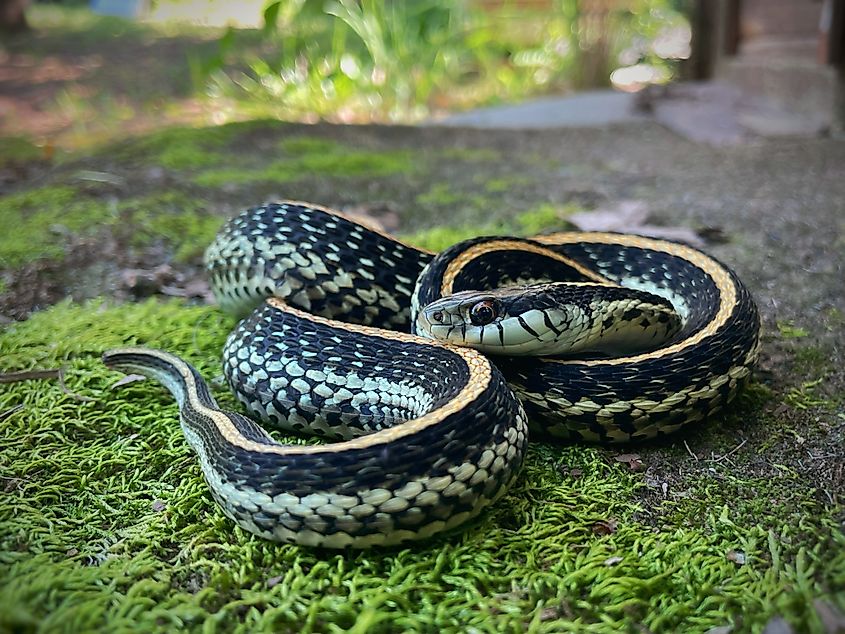
This is another popular fishing spot for nabbing a variety of fish ranging from yellow perch to brown trout. Magic Reservoir is a massive 14,000 acres of water, including shoreline, that is no stranger to skiing or boating. To its west is Horse Mountain, and to its east is Sonners Flat, making Magic Reservoir the perfect balance of both aquatic and dry, desert-like land. Meaning that it is a finely tuned place for slithery friends.
The snake native to Idaho that can make the best out of the Magic Reservoir is the terrestrial garter snake because of the easy access to small animals and insects, such as leeches, tadpoles, and snails. It would not be hard to imagine, nor does one need imagination when snakes are readily spotted, and with the garter comes its more deadly and dangerous friends. Fourteen thousand acres is too large not to have any, and one can only hope that they don't encounter one when boating or skiing those vast blue waters.
Lake Lowell
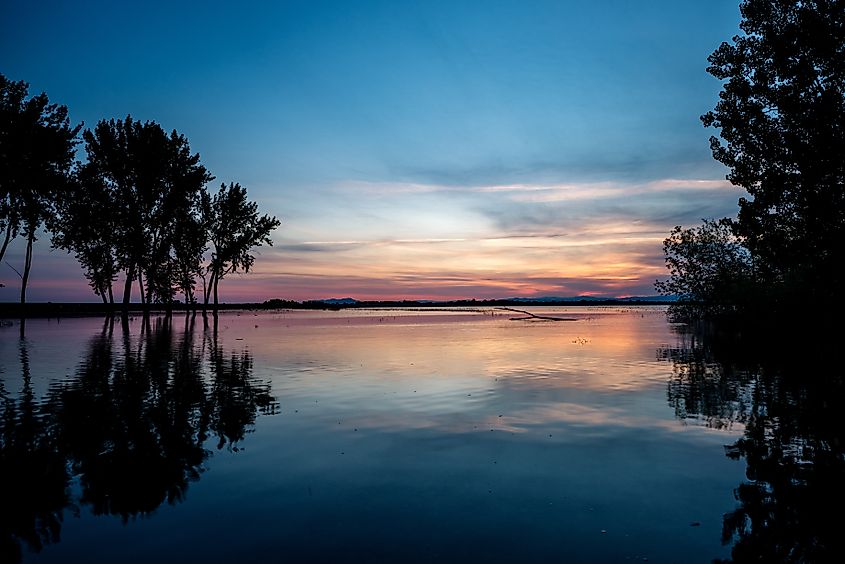
A man-made lake that is home to the standard amenities and forms of recreation expected out of a state-run park—recreation is often limited depending on the season, and this is to protect the wildlife during periods of migration, birthing, and so on. But part of the reason why it's restrictive, and part of the reason why swimming is risky, is because a particular kind of Idahoan native here can stir up plenty of trouble when agitated.
The gopher snake can grow up to 84 inches, and while they prefer dryer and forest areas (which Lake Lowell is surrounded by), they are more than capable swimmers who can dash and slither across long distances in water. They are not venomous, but besides their large, often colorful, dark blotch-covered appearance, they can leave a mark and bite that isn't easily forgotten. Not quick to anger or quick to bite, it is still wise not to provoke them, and if they hiss, it's better to turn back and away.
Lake Lowell kisses the edge of Deer Flat National Wildlife Refuge, and where one gets the very beautiful and diverse landscapes of both flora and fauna, the danger and restrictions placed on such wildlife zones are twofold: they are there to protect both the wildlife and the visitors.
Final Remarks
For all the Gem State's treasures in its mountains, forests, and lakes, it's important to recognize the dangers that come at the cost of its beauty: snake-infested bodies of water ought to be avoided at all costs, and since the western rattlesnake is common to Idaho, one who does not know if a snake is venomous should take extra care and caution to not agitate or poke the hornets' nest, or in this case, swim or wade in unclear waters. If worse comes to worst, it's better to be safe than sorry; contact emergency services as soon as one is bitten—a venomous snake bite only gets worse with time.
